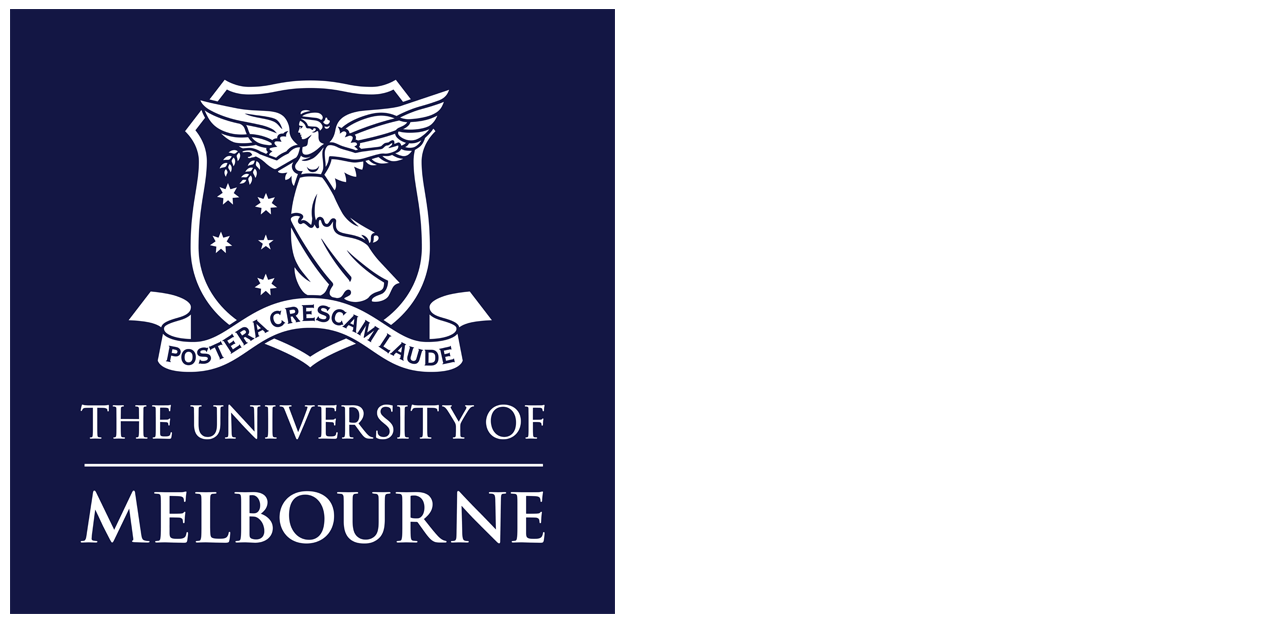


“…contemporary art was not so much about solving problems as it was about creating problems for the viewers by bringing them into an experience.” Sofia Audry, author of Art in the Age of Machine Learning.
The School of Computing and Information Systems of The University of Melbourne invites you to join us at the 2024 Cybernetics Futures Showcase.
This exhibition will feature over 30 physical computing prototypes made by the Designing Novel Interactions students that examine the future relationships between natural and technological systems. By reimagining both existing systems and speculative new ones, we present not only design solutions but also problems and perspectives that need our immediate attention.
As part of their master’s program, computing students are encouraged to break free from the screen, mouse and keyboard to utilise a range of techniques from embedded systems, wearable electronics, digital fabrication, interactive methodologies and more to extend their practice and build technologies intentionally and critically for the future we want to see.
With thanks to Science Gallery Melbourne and Telstra Creator Space for their mentorship and guidance.
This event is part of Melbourne Design Week, Australia’s largest and leading annual design festival.
About
Designing Novel Interactions is led by Mel Huang, Dr Antony Chacon, Dr Adelaide Genay and Dr Arzoo Atiq
School of Computing and Information Systems, Faculty of Engineering and Information Technology, The University of Melbourne
Mel Huang is an interactive designer and developer for the arts and culture sectors collaborating with institutions such as Powerhouse Museum, Science Gallery, NGV, Art Gallery NSW, Dark Mofo and The Australian Ballet. She is currently an Academic Fellow, Art and Computer Science and Lecturer at The University of Melbourne.
Spanning works across data visualisation, interactive design and live performance, Mel is passionate about the creative applications of technology in the arts and an advocate of multidisciplinary practices.
Dr Antony Chacon is a post-doctoral researcher in the Human Computer Interaction Group. He received his PhD in Electrical Engineering from The University of Tokyo. His PhD research examined gesture recognition with new, ultra-thin photosensors. He has a masters degree in mechatronics and vast experience with electronics and prototyping.
Dr Adelaide Genay is a researcher and lecturer in Computer Graphics and Visualisation at The University of Melbourne. Her research focuses on Human-Computer Interactions with a focus on Augmented Reality and Virtual Reality technologies. Her career started as a Technical Leader for a French start-up company (Co-Idea) and was followed by postdocs at The University of Melbourne and Monash University. Prior to this, she completed her PhD at Inria in Bordeaux, France.
Dr Arzoo Atiq is a lecturer at The University of Melbourne. Her interest lies in student experience and technological studies. She has research expertise in service design and delivery and has worked in education, telecommunication and health domains. Dr Atiq started her career as software design engineer developing embedded software in languages and she acquired her PhD at the University of Auckland, New Zealand in Information Systems.